Circuitry in Galaxies
good use of multiwavelength astronomy
Key Points
The overall structure of the galactic B-fields is what one would expect from fractal torus geometry current flow.
different wavelengths show different B-field orientations, like coaxial sheath model predicts
Energy balance agrees with self-contained current system, where thermal effects are minimal while the motions of the parts are held by electromagnetic fields.
This paper caught my attention: Extragalactic Magnetism with SOFIA (Legacy Program) - II: A Magnetically Driven Flow in the Starburst Ring of NGC 1097, Enrique Lopez-Rodriguez et al 2021 ApJ 923 150, DOI 10.3847/1538-4357/ac2e01
In this hefty paper, Enrique Lopez-Rodriguez et al use data from the SOFIA airplane telescope, the Atacama Large Millimeter/submillimeter Array (ALMA), and the Herschel satellite telescope.
Love it: observations from the ground, the air, and from outer space!
Coaxial Counter-rotating Current Flow
This is the figure that captured my attention, figure 9 of their paper, the orientation of magnetic fields in the main body of the galaxy. The different colored lines are the orientation of the magnetic field. What is so striking here is that different wavelength observations give us different orientations of the magnetic field. I do not know of anyone else presenting such data. And this result is exactly what the EU models of cosmic current flow predicts.
Figure 9 [of their paper]. B-field orientations (top) from the linear polarimetric decomposition within the annulus of the starburst ring of NGC 1097 at 89 μm (blue), 3.5 cm (red), and 6.2 cm (orange)…
To understand this, let’s imagine what we would expect to see if a galaxy had a simple ring current flowing round its body. What would we expect to see for the orientation of the magnetic fields? A simple, non-EU answer is that we should see B-fields perpendicular to the ring current. In the drawing below, the ring current is the pink ring, and the gold magnetic field lines circle that ring.
But we know that real life plasma are not that simple. The next level of complexity is the formation of the coaxial, counter rotating plasma current sheaths. See the drawing below.
This figure takes a while to comprehend. Don Scott laid this on us years ago, and he got it from Lunquist who proposed it in the 1950’s. The figure above shows both the flow of electric current AND the direction of the magnetic field. The current and the magnetic field are going in the same direction in order to minimize energy. This is sometimes called a field aligned current flow. Whether or not a galactic plasma does have a minimum energy configuration is an open question. But we could certainly expect that to be partly true.
Such structures are known about in the lab and in astrophysics, but most astronomers have never heard of them. If there were a powerful ring current in the disc of the galaxy, then yes, we would expect to see magnetic fields around those currents. But contrary to simplistic high school explanations, we would expect to see the magnetic fields in all the directions shown above. These various directions cancel each other out when see from a distance, so it has been a very difficult measurement to make. But what is great about the paper from the Lopez-Rodriguez team is that they use different wavelengths, which are highlighting different parts of the current structure, thereby showing us the different orientations of the B-field around the central ring current.
I do not yet know the details, and the explanation is something like this. The 89 um, and 3.5cm, and 6.2cm emissions are coming from different regions in the plasma. Cosmic plasma segregates by molecular species, and by energy, and by function. We will find something such as that the inner 6.2cm line is coming from high energy heavy molecules, while the outer 89um line comes from lower energy lighter molecules. The coaxial current flows are there for a reason. The different wavelength observations allow us to see different layers of the current flow.
My overall point is that the EU model of coaxial current flow is demonstrated in this observation. There is no mainstream explanation for this result of different magnetic field orientations. Mainstream astronomers are now playing catch up, while EU astronomers had already predicted exactly this effect.
Energetics
Another result of the paper is, as they put it “The energy balance in the ISM of the staburst ring shows that the magnetic energy is in close equipartition with the turbulent kinetic energy. Both energies are a factor of ten higher than the thermal energy. These results imply that the starburst ring is magnetically critical, where the clouds are supported against the gravitational collapse.“
I would offer a different interpretation. By distinguishing between thermal motion and turbulent motion they are really distinguishing between thermal motion and directed current flow. This is a problem in categorization going way back to the belief that the cosmos around us is chaotic, thermal, unstructured, and, well, … meaningless. Since mainstream cannot believe that there would be purposeful motions of matter in the galaxy, they must divide all motions into thermal and non-thermal, or thermal and turbulent (good luck understanding that distinction!) All of this simplifies when you accept that most motion in the galaxy is directed and purposeful. Just like the cells in our bodies. Most of the motion in our cells is purposeful and directed. A small amount of the motion is thermal-chaotic.
Which means that the structures in the galaxy are moving in coherent ways, and the magnetic fields hold things in place. In other words, the galaxy is not random & chaotic; it is highly structured with complex movements, which are taking place at many different distance scales. The mathematics of turbulence lets you analyze such systems, but that does not mean the motions are chaotic.
If anyone has time, please apply the full Carlqvst relation to this data:
and we can tease apart the strength of the current producing all these effects.
Fractal Toroidal Currents
The more data we collect on galactic structure, the more we see the signatures of fractal toroidal current flow. The basic structure of the plasma torus is like this:
From “The Engineering Physics of an Optimized Confinement Concept The Plasmak™ Configuration) P.M. Koloc” Koloc’s work is yet another example of successful LENR that got buried and/or killed. Ah well! We keep soldiering on - they surely can’t kill all of us, can they?
By “fractal toroids” we mean something like the diagram below. A ring current breaks into smaller ring currents that are perpendicular, which break into smaller ring currents, etc. from The Bagel Game
Below are several versions of images produced by the MerrKAT radio telescope in South Africa - of the center of our galaxy. How can some filaments be running perpendicular to the plane of the galaxy, while others seem to be running circles, and others are going parallel to the disc of the galaxy?
(Image credit: Ian Heywood/SARAO)
The observational data keeps coming in. It’s all very exciting. This is a wonderful use of multiwavelength astronomy. All of it supports the EU models. The galaxy is a complex coherent structure. The electric current flows are going to be organic. They are not going to be like a simple classroom experiment.
— Addition 16-May-2025
Exciting that the natural break up of colliding liquid torus is smaller tori that are perpendicular to the originals.

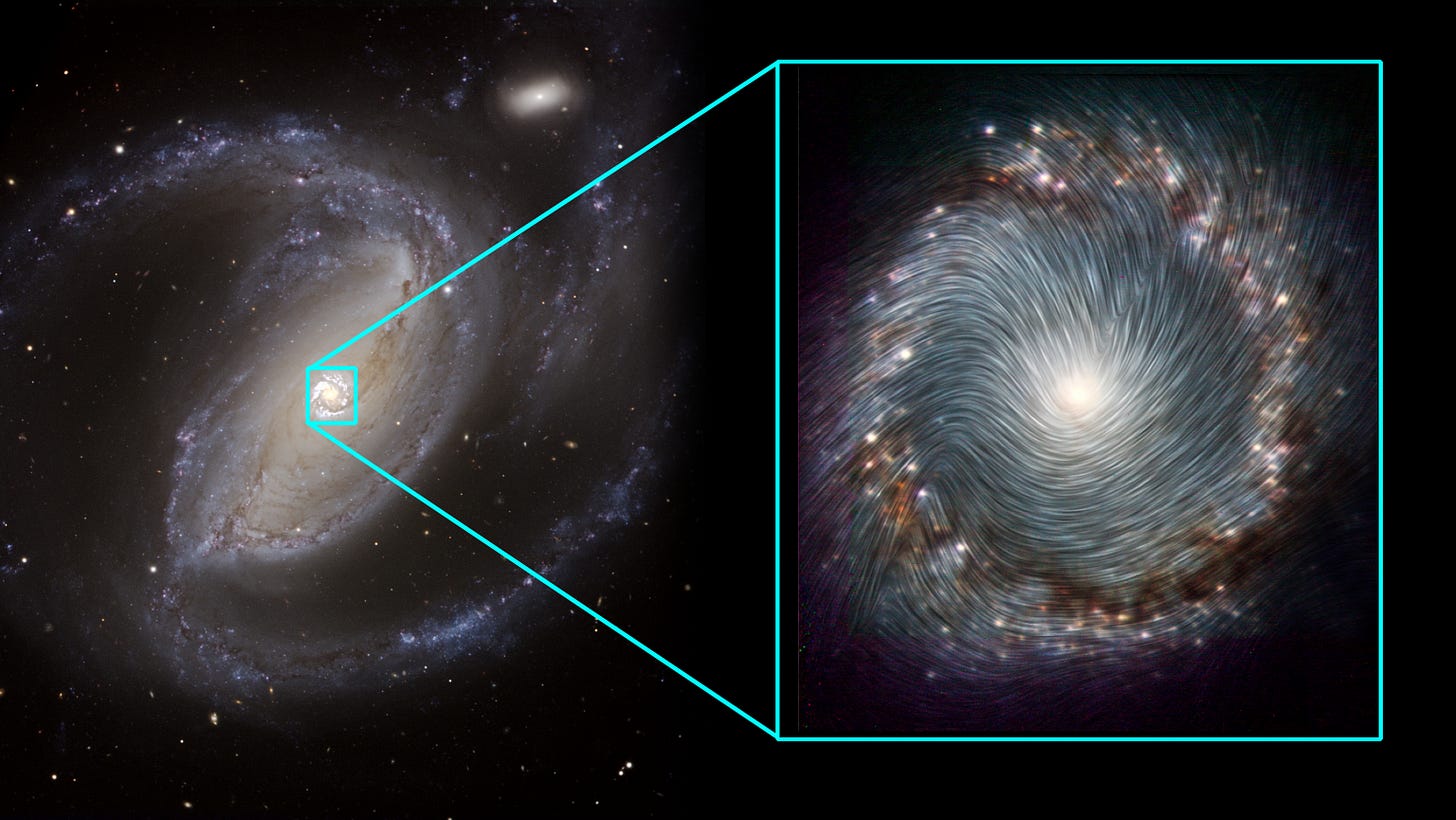
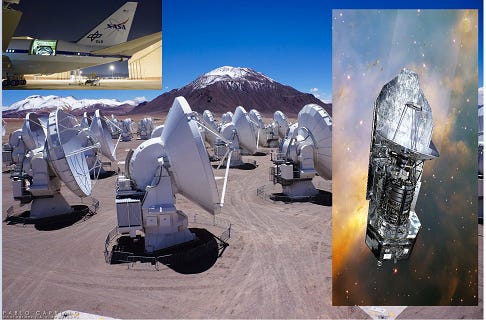
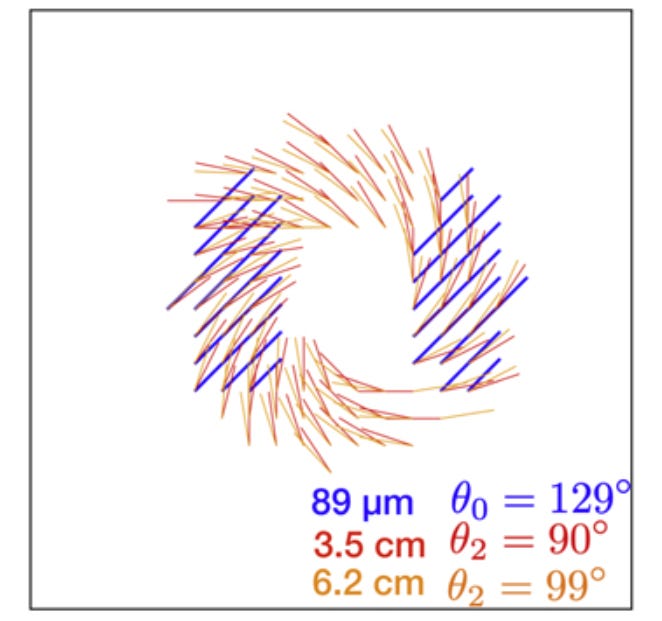
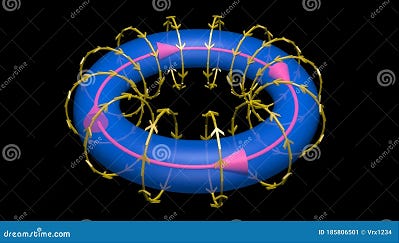
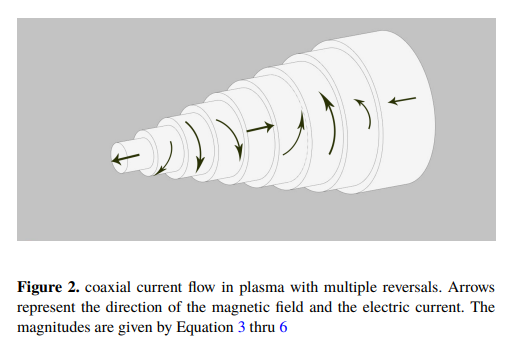

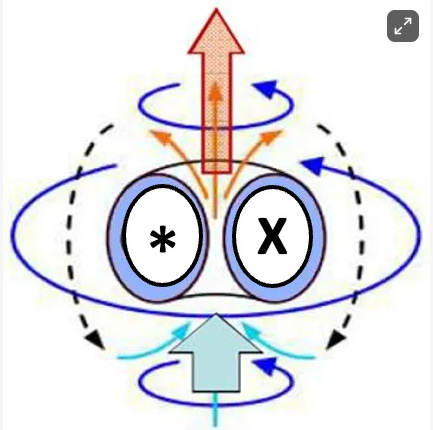
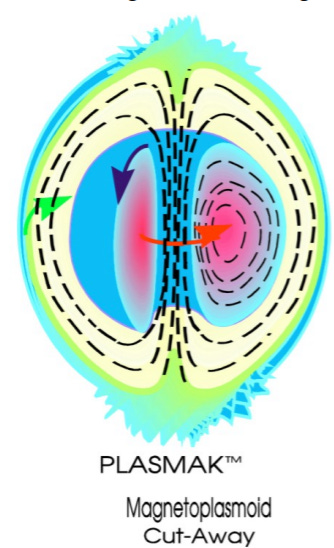
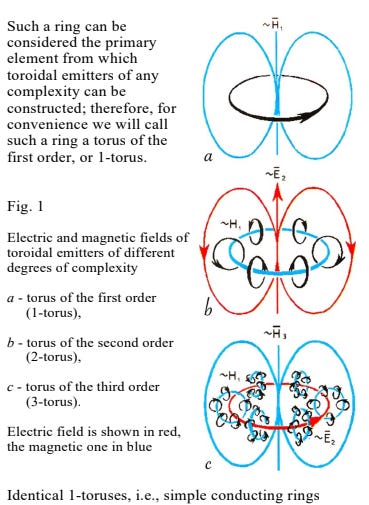
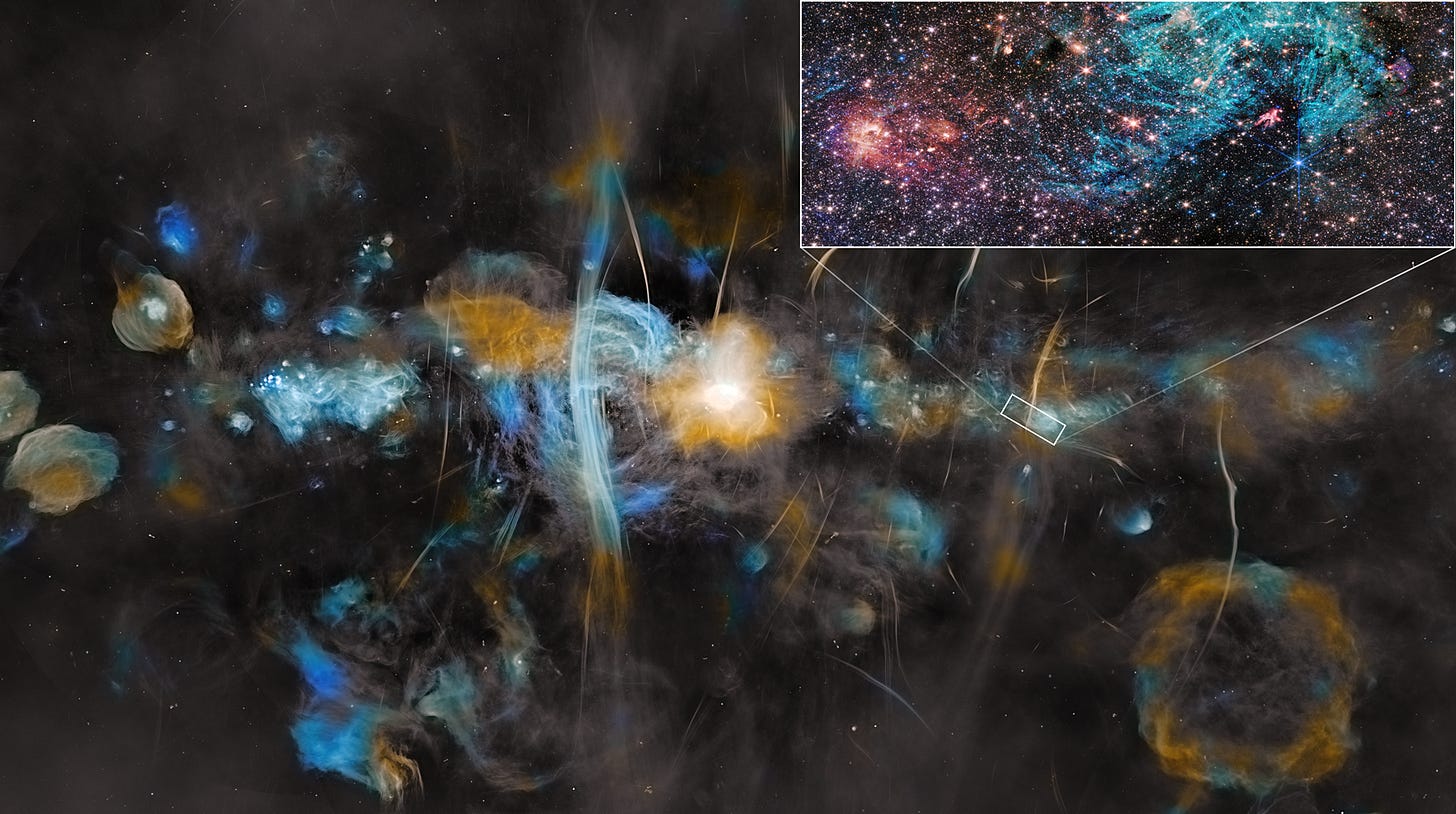
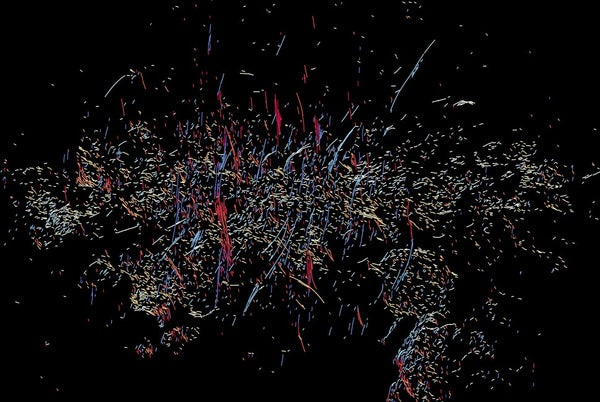
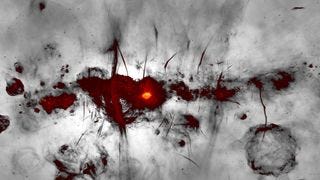
Absolutely fascinating Michael.
I am still thinking about the complexity of plasma shown in Figure 2: 'coaxial current flow in plasma with multiple reversals' and what is highlighted via Figure 9: 'the orientation of magnetic fields in the main body of the galaxy'.
There is circuitry in galaxies, there is intelligent design.
I don't yet have any more meaningful comment at this point, except that the MerrKAT radio telescope images are crazy. It looks like a giant mess near center of galaxy.